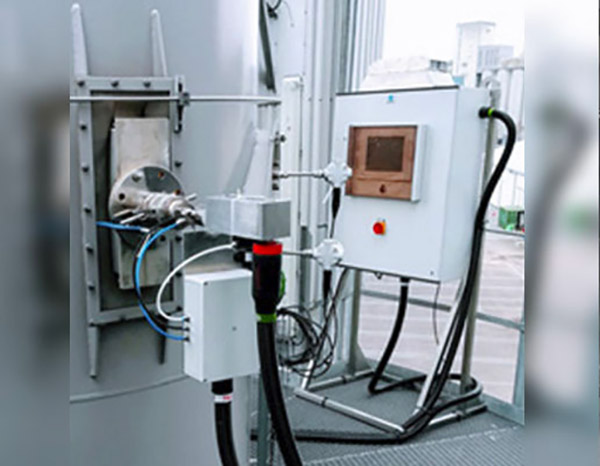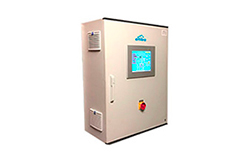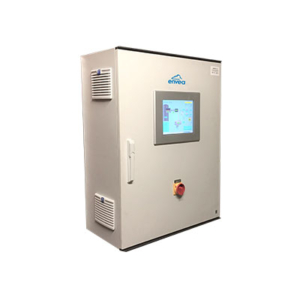
Environment Agency’s Pollution Inventory Guidance
Now, in 2022, the EA have made an addition to the Pollution Inventory (PI). They would like all MSW EfW plants to report CO2 from biogenic sources.
Along with CO2 and N2O, the EA would now like to promote a standard way of reporting Biogenic CO2 emissions in the PI. The standard procedure will improve the quality of data provided, which will in turn help determine their accuracy.
The Most Accurate Method
By using the ratio obtained from the continuous C14 sampling method, and the total CO2 emitted by the plant, the amount of CO2 from biogenic sources can be calculated.
As a result, this method will return the most accurate figures for reporting biogenic CO2 emissions.
How it works
When the fuel is burned, carbons are emitted to the atmosphere. Biogenic CO2 is thereby defined as CO2 neutral, as the CO2 which is released due to the burning process, was bounded by the material only a short time before. Only the fossil CO2 part of the emission is defined to be a GHG source. By a determination of the 14C fraction of the flue gas it is possible to determine the biogenic part of the fuel.
For the determination of the biogenic fraction, the AMESA B system extracts a part of the flue gas under volume-proportional conditions and the CO2 is sampled in an adsorber cartridge filled with Ascarite or soda lime. After the sampling period of several hours up to one month, the cartridge is sent to a carbon dating laboratory to apply the carbon-14 method and determine the proportion of the 14C and 12C isotopes in the CO2. With the analysis result, and the information of the 14C fraction, it is possible to calculate the emitted fraction of biogenic and fossil CO2 or the amount of green energy.
The used principle is a standardized method and complies with EN ISO 13833 and EN 15440.
AMESA-B – Continuous Monitoring Sampler
- AMESA-B, is a continuous and reliable automated sampler
- It uses the recognised C14 sampling method
- The sampling principle fulfils the requirements of EN ISO 13833
- The sampling method yields the most accurate figures for reporting PI biogenic CO2 emissions
- Enables sites to report Biogenic CO2 data for credits within the Emissions Trading Scheme (ETS)
Verwandte Inhalte
Informationsanfrage


